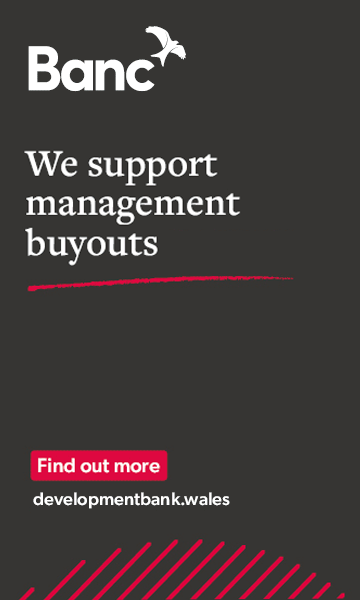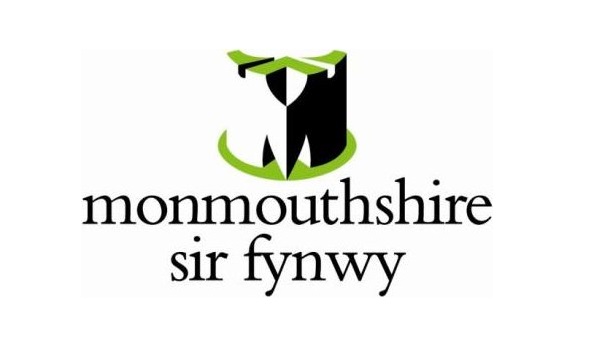 By Neil Pickering,
By Neil Pickering,
Industry Manager,
EMEA at UKG
Since the start of the pandemic, nearly a quarter of a million UK workers aged between 50 and 65 have left employment altogether and are not actively seeking new jobs, official figures show.
As well as this, a recent survey from Randstad found that a quarter of UK workers are planning to change jobs in the next three to six months, with workers aged between 25 and 34 most open to change, and 77% actively looking to change jobs in the next year.
This mass shift has undoubtedly led to changes in the generational makeup of many workforces, and as such has brought about new challenges. With older workers running to the retirement door, and younger workers looking to move roles, HR leaders must develop strategies that make work attractive to these generations – to make them stay.
As a result of the unique differences and desires of these generations, each are coping with the new realities of hybrid work in different ways. Employers that recognise this adjustment, and address it in their operations and overall management will be the ones that see success in terms of a more engaged and productive workforce.
When successfully managed, a multigenerational workforce can drive growth through the sharing of differing ideas and perspectives. Experienced employees can play an instrumental role in the professional development of younger employees. It can also drive innovation by encouraging collaboration, and leveraging both the digital skills of the younger generation and the industry experience of their predecessors.
Essentially, success in business means effectively managing an increasingly diverse, multigenerational workforce.
How to fully unlock employee potential and gain essential business value from increased workforce diversity
Motivating members of the youngest generations requires considerably different strategies to those used in the past for Gen X, Baby Boomers, and the Silent Generation.
It’s very likely that over the next decade, the presence of Millennials and Gen-Z’s will only become increasingly dominant. As a result, it is crucial that employers better understand how and why these generations have a very different set of characteristics, needs, and working habits.
Today’s employers need to create a working culture where employees young and old feel supported, inspired, and equally empowered to enjoy life in and outside of work. This is particularly pertinent in today’s environment in which employees are overwhelmed with options for their next career.
Employers must also be understanding of the varying approaches to flexible working. Business leaders must not immediately assume that an employee cannot work flexibly because they have a role that requires presence. Flexibility also involves rethinking what work is done, how it is done, and by whom. If the events of the past few years have taught us anything, it’s that both individuals and organisations are incredibly adaptable.
To fully unlock employee potential and to capitalise on the benefits of increased workforce diversity, leaders must make more effective use of modern workforce management and human capital management technologies. These tools have the potential to empower individuals to work in ways that best suit them.
Leveraging HR technology to meet the individual needs of all employees and improve employee engagement.
As artificial intelligence (AI) and machine learning (ML) technologies continue to advance, workforce management systems are becoming increasingly intelligent. The software that is now available has deep analytical capabilities, enabling organisations to gain a much more thorough understanding of each of their employees, no matter their age, gender, ethnicity, or background.
It is especially important for HR departments and managers to understand what the varying expectations of the workforce are, how they have changed in light of the pandemic, and how technologies will be fundamental in facilitating these expectations.
For example, younger workers want shorter hours but can often perform more physical work. On the other hand, Baby Boomers are happy to work longer hours but demand greater consideration for the physicality of their roles. This is where scheduling automation solutions can really drive benefit – by aligning demand and skills to meet customer needs.
Through automating their workforce management strategy and consequently accessing the insights that provide a better understanding of their workforce, business leaders can make timely, accurate, and company-specific decisions to help solve critical HR issues such as absence, shift scheduling, or gauging employee morale.
These tools help enhance communication between managers and employees, giving them greater control over their work and holiday schedules, and freeing up valuable time by reducing the administrative burden through automation.
Technology – with a much closer focus on the data analytics tools for employee engagement – is instrumental in helping organisations understand the desires and expectations of staff of all ages and backgrounds more fully. It also gives business leaders a thorough grasp of what makes every single employee happy. After all, great businesses are powered by great people, and managers must do all they can to ensure they are engaged at work.










